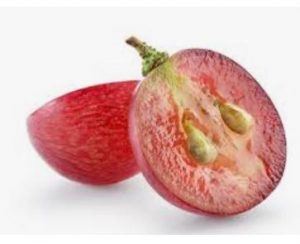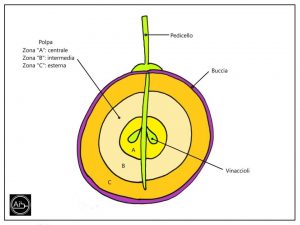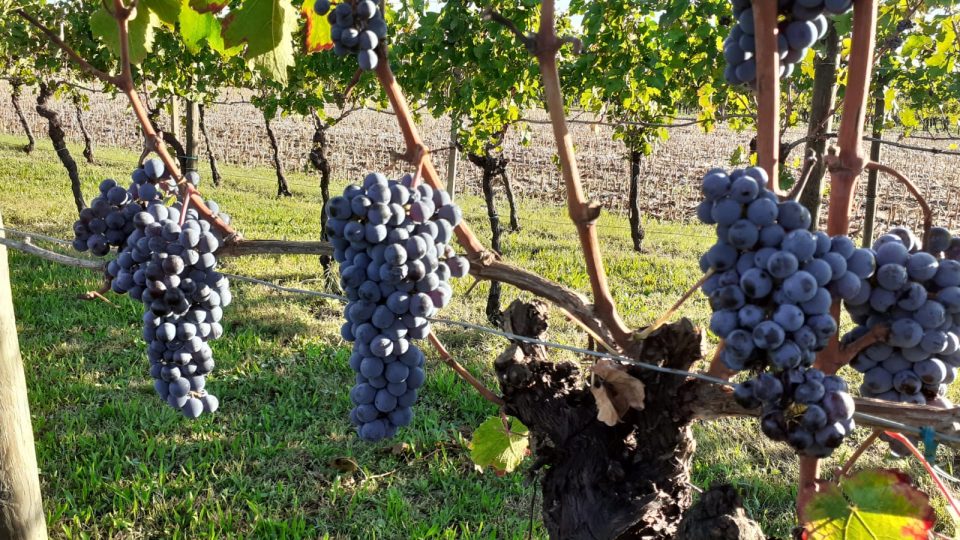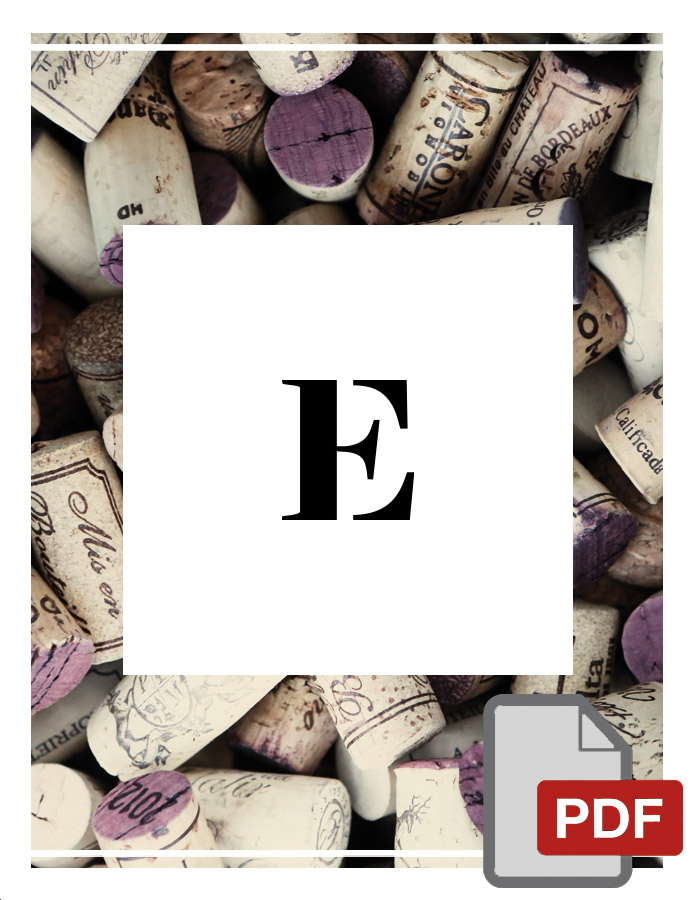Learning about wine
The grape

Talking about grapes is a pleasure because I believe all of us has tasted more than one quality; but recognizing the different varieties is very difficult.
There are thousands of vines that represent the vineyard world, but only about fifty are the most widespread. Among these there are those considered international that adapt well almost everywhere like the chardonnay, merlot and cabernet, while others reach their maximum expression in smaller areas; goos examples are the picolit and pignolo in Friuli, the nero d’avola in Sicily, the Nebbiolo in Piedmont and so on.
Colors, aromas and flavors of the wines are certainly influenced by the terroir and the climate, by the techniques used in the vineyard and in the cellar; but the composition of the berries in each bunch of each grape, drives the organoleptic profile.
The Bunch
The bunch of grapes is the raw material for the wine, in fact it determines the identity card if the wine that is going to be produced.
The grapes can be white, gray, black, more or less voluminous, but they are always formed by berries; the grapes are inserted on a small branch called stalk or rachis. The stalk is rich in water, resins and pectins, but above all tannins, polyphenols that are decidedly important for the structure of red wines. However, these tannins are too hard and aggressive and, for this reason, they are removed before winemaking.

The berry
The berry is the part of the grape where are concentrated all the essentials for winemaking; it can have a cone, oval or spherical shape; different colors, aromas and flavors. It is made of skin, pulp and seeds.
The skin
Although it represents only 15% of the weight of the berry, the peel is rich in water, pectins and cellulose. It is also characterized by aromatic substances and many polyphenols which are important for the color and taste of the wine. Polyphenols are substances formed by pigments and tannins; their presence in the wine depends on the variety, the production area, the soil, the climate, the type of winemaking, but also if the wine ages in steel or wood. The skin is also very rich in odorous substances, which make the scent of the wine very interesting. In addition to the terpenes (a group of alcohols that leads to odorous substances), the skin contains also the precursors of the varietal aromas. This is why there is a distinction between aromatic vines (muscat, malvasia, brachetto and gewurztraminer) and semi-aromatic (Chardonnay, sauvignon, glera, cabernet sauvignon, merlot, lagrein and so on).
La pulp
The pulp represents the biggest part of the grape about 85% of the total weight. Rich in water, pectins, minerals, vitamins, sugars and organic acids. By knowing the percentage of sugars, in particular glucose and fructose present in the pulp, it is possible to calculate the alcoholic strength of the wine. In fact, from 1 g of sugar we can obtain 0.6 ml of alcohol, which is what you find on the wine bottle labels. This transformation (from sugar to alcohol) takes place during the fermentation of sugars with the yeasts. In the pulp there are also minerals that determine the wine sapidity and vitamins.
The seeds
The grape seeds are small seeds present inside the grape. They are rich in woody and fatty substances and tannins. This is why they are not crushed during the pressing of the grapes when red wine are made and are completely removed with the skins when white wines are made-
And from the grapes we get the wine; a magical nectar that warms the hearts and excites the soul.
I suggest you try a white wine (Ribolla Gialla from Ronco delle Betulle), a red one (Barbera d’Asti Bussi Pietro), a babble (Pas Dose Pittaro), and a sweet one (Merlino Pojer and Sandri).
Let me know if you enjoyed them
See you later
Elisa





